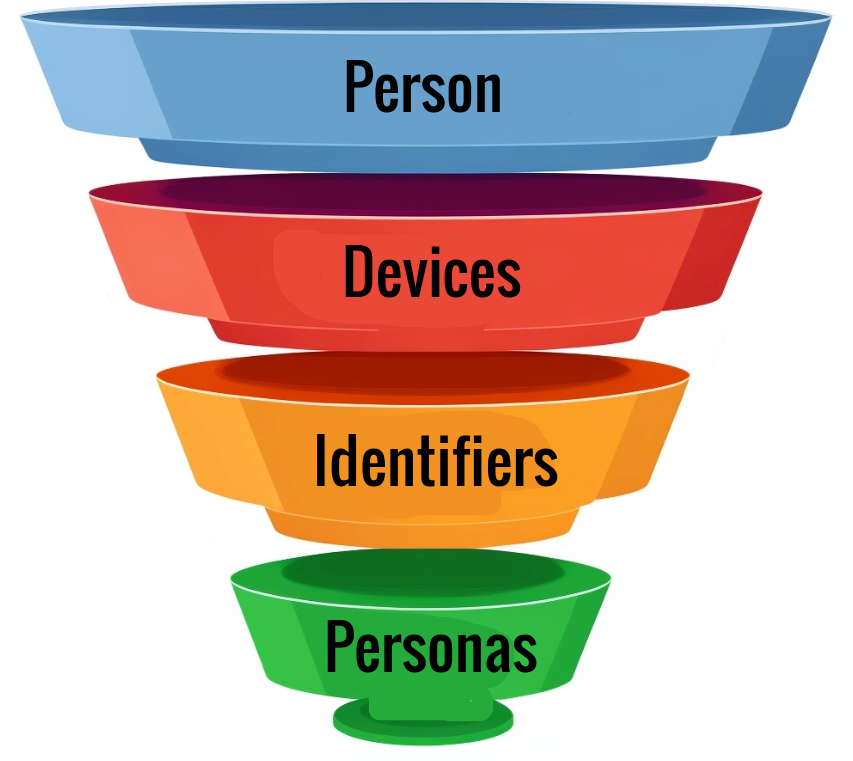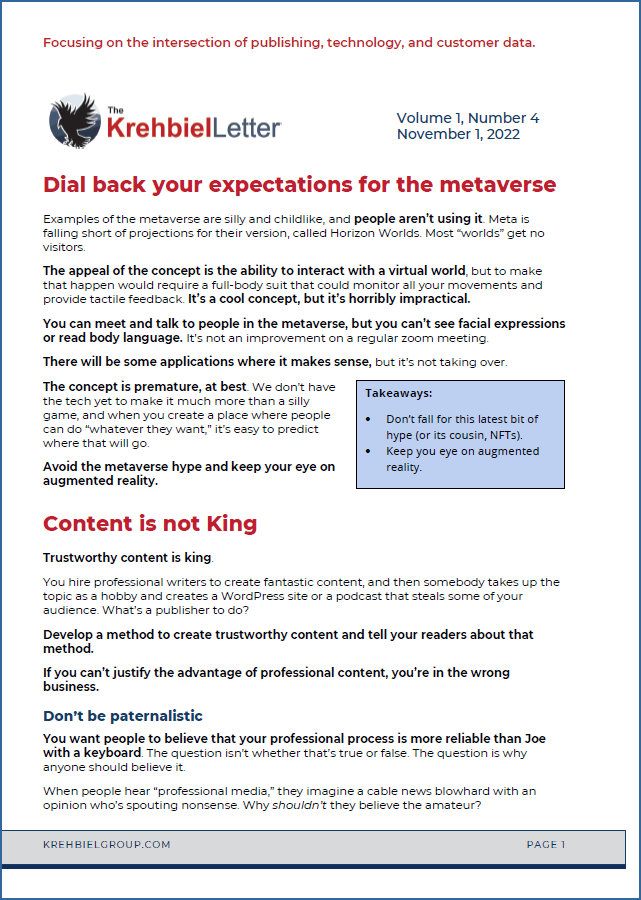The limitations of ‘real-time’ CDP use cases — my latest on Martech.org
Summary: Customer Data Platforms (CDPs) offer the potential for real-time data consolidation and customer engagement. However, achieving true real-time execution depends on various factors. These limitations encompass challenges in personalization, e-commerce, fraud detection, and third-party data integration. Key factors include data update frequency, processing requirements, and the need for immediate data access, making it essential…









